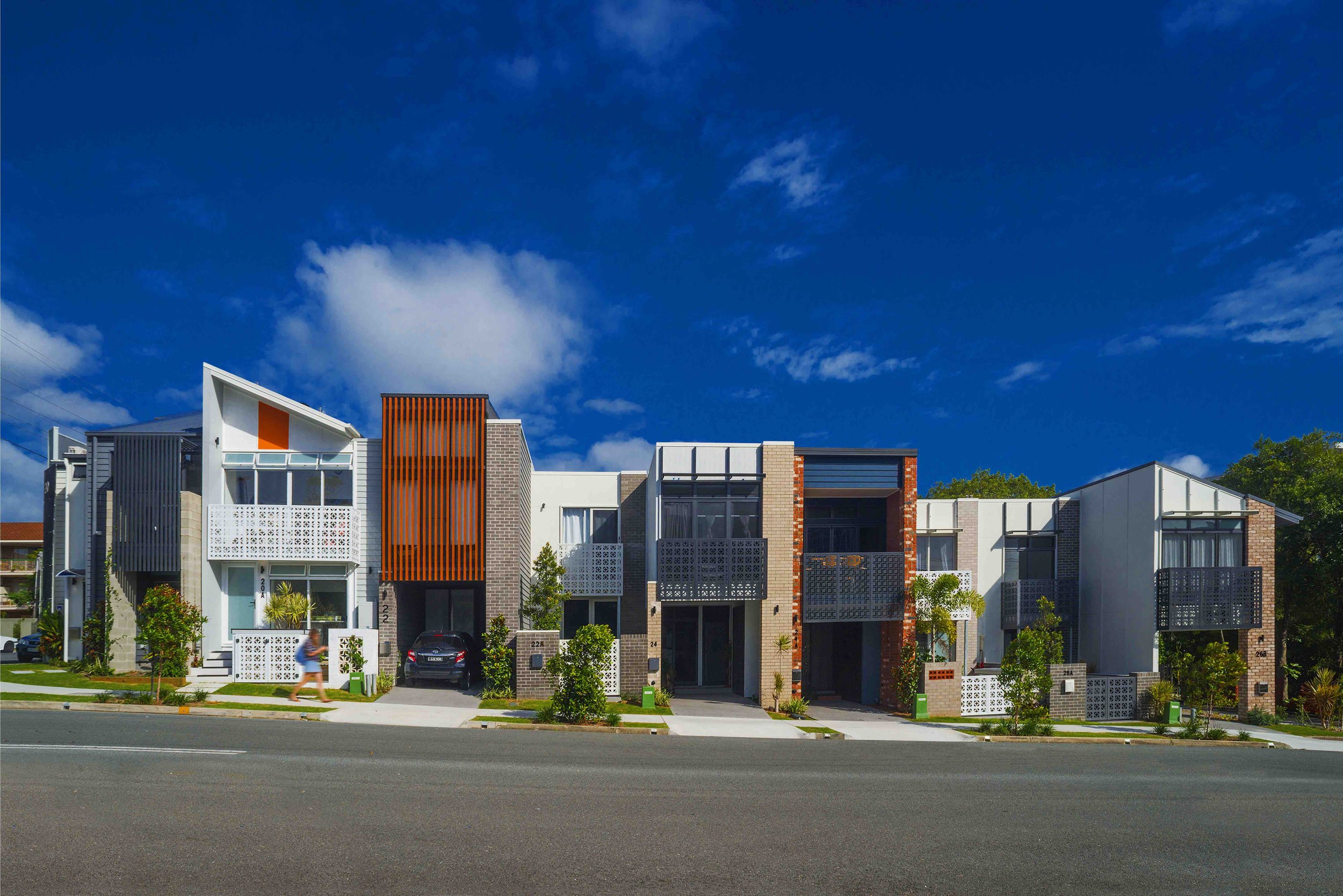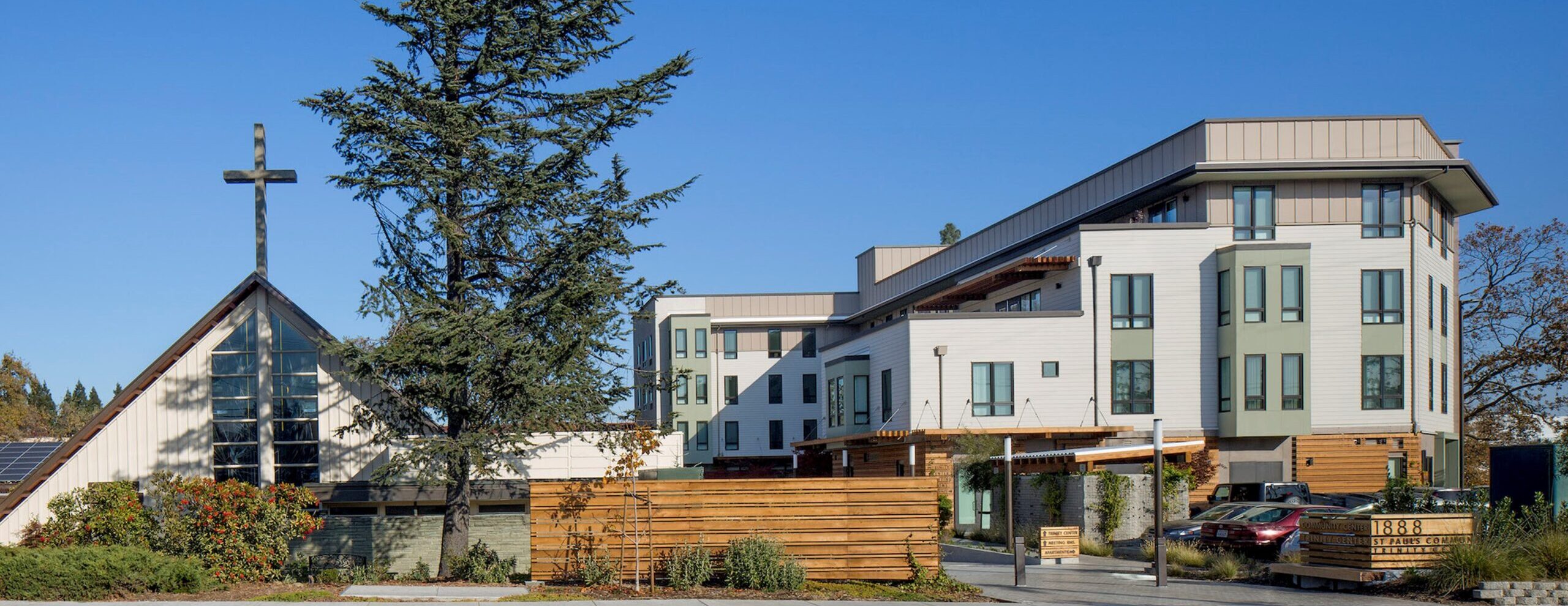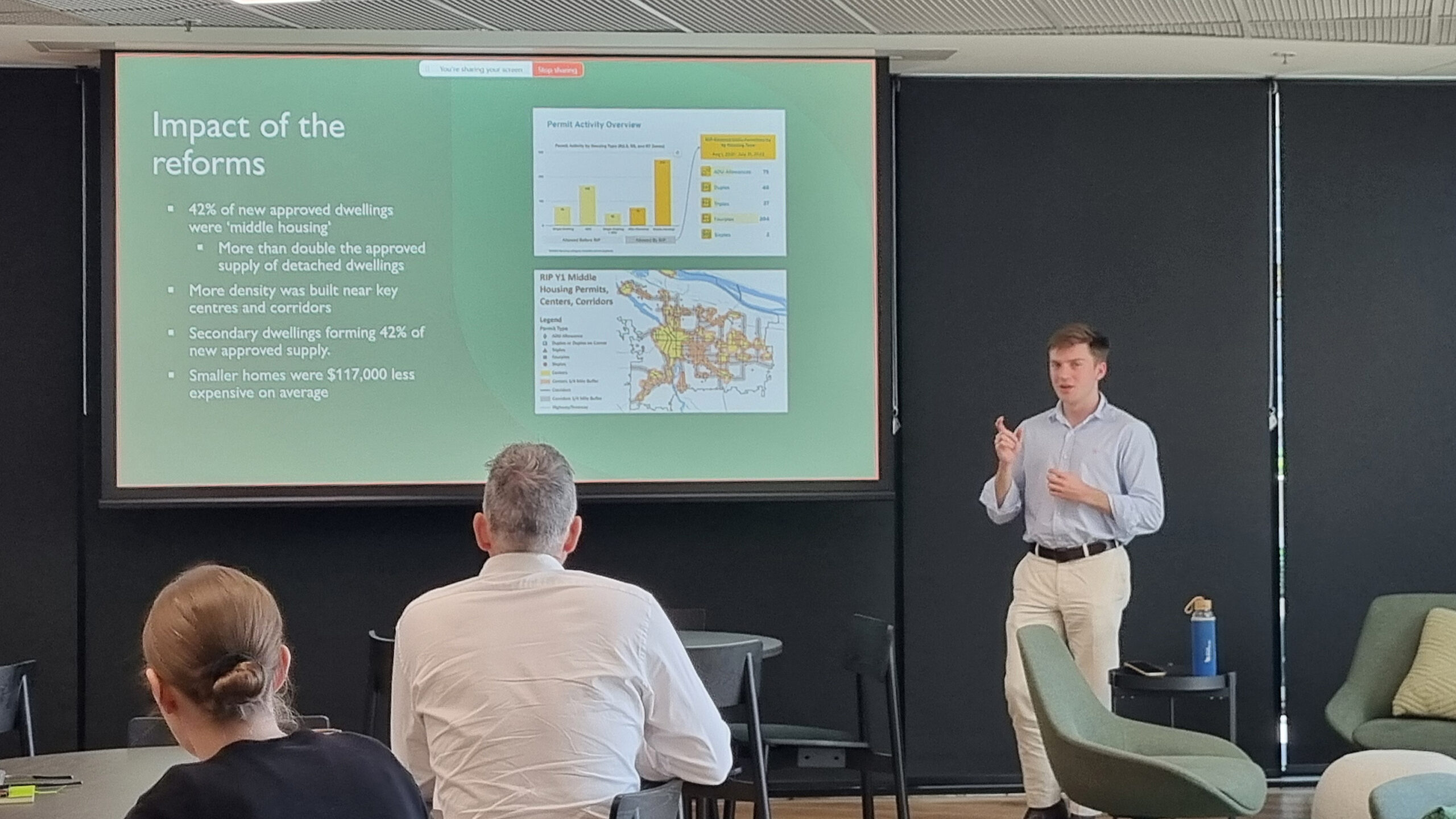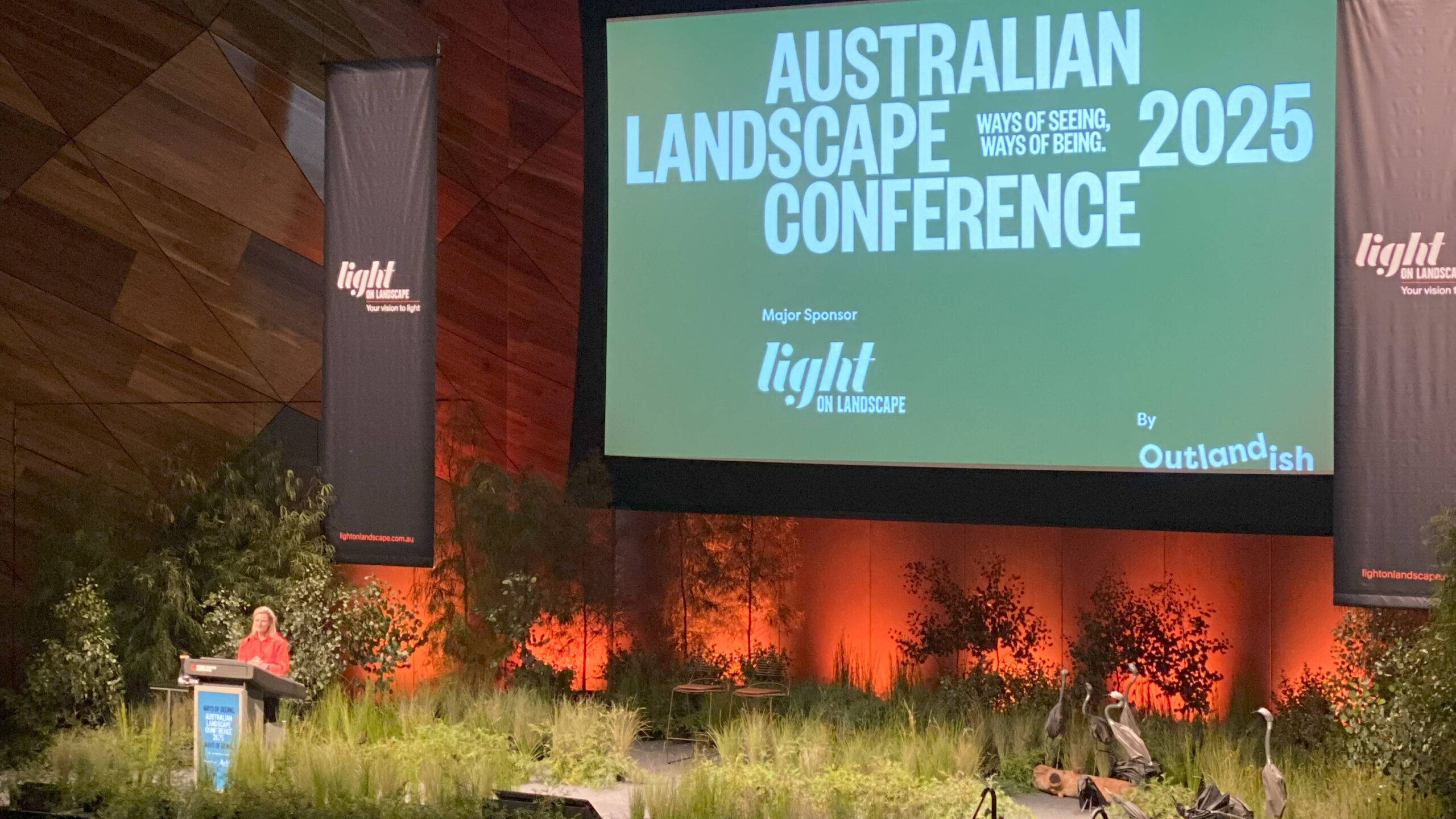On the 20th of February 2025, the Planning Institute of Australia hosted the inaugural Queensland Emerging Planners – NextGen Summit. Our Assistant Planner, Tom Kennedy, was one of the speakers of the day and explored the challenges of community perceptions towards development as well as best practice case studies from overseas.
Planners have never been more important than they will be over the next 20 years. We will have to facilitate and shape the delivery of one million new homes in Queensland – 900,000 of which will be in the South-east corner. Most of which are to be in existing communities, with 20% intended for social and affordable housing. It’s a big challenge. One that will test our construction sector, the feasibility of different housing models and will create friction within established communities. It is a change that planning must take ownership of and embrace.
Our Executive Director, Natalie Rayment, who is a mentor of mine, often says that our job as planners and advocates is about getting from no to yes. Aspiring to achieve positive outcomes that advance our communities and benefit those in need.
Community Interest in the Housing Crisis
In the midst of our current crisis, we have seen an increased interest and care towards housing and particularly those enduring homelessness. Not a day goes by without front-page headlines or a segment on the nightly news. It’s a problem more pervasive than ever, with reports suggesting that 80% of renters are spending more than 30% of their income on housing. As more and more households are exposed to housing stress, the awareness of our need for increased supply, diversity and affordability rises.
And yet, a scroll through Facebook community groups will paint a very different picture. One that amplifies the negative and often prejudiced views of objectors, whilst failing to accommodate the voices of renters, aspiring homeowners or those for whom homeownership is simply beyond reach.
Rise of YIMBYism
Nevertheless, increasingly the consensus is that we need more housing, more well-located density and more opportunities for low income households. The YIMBY movement is growing, with increased support in Sydney, Melbourne and here in Brisbane. Young people, low to moderate income earners and struggling downsizers comprise a growing component of our society and have the most to gain from more housing being built.
With this in mind, it’s time to rethink our engagement approach and level the playing field. Building community awareness and resilience to change.
Portland Residential Infill Project
Portland has emerged as a leading city taking bold action to address the housing crisis. Housing in most of Portland had been almost exclusively in the form of single-family dwellings as a result of their zoning. This limited the ability to deliver housing supply, and meant that as demand grew in the 2010s, the average house price rose by 46 percent.
As a result, the City Council undertook sweeping reforms, including:
Allowing three-storey buildings, with up to six homes in any residential area, where providing affordable housing.
- Allowing three-storey buildings, with up to six homes in any residential area, where providing affordable housing.
- Allowing duplexes, triplexes, fourplexes and townhomes to be built across all residential areas.
- Allowing two secondary dwellings to be built on any lot. Reforming parking restrictions.
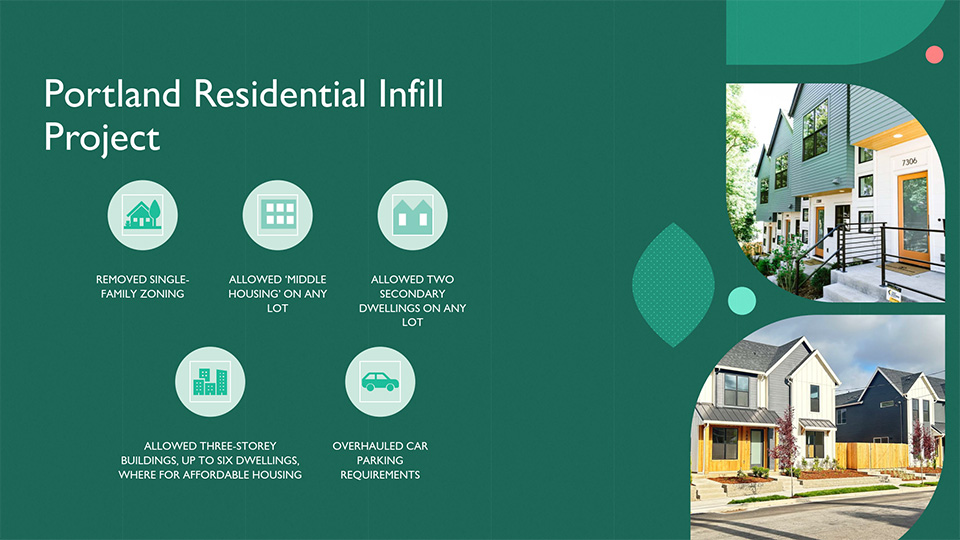
The success of the reforms is undeniable, enabling the delivery of diverse, affordable and well-located housing.
- Approvals for ‘middle housing’ and ‘accessory dwellings’ each roughly doubled those granted for single detached dwellings;
- More homes were built near key centres and along transport corridors;
- More smaller housing typologies built means that homes are available at a more affordable price-point.
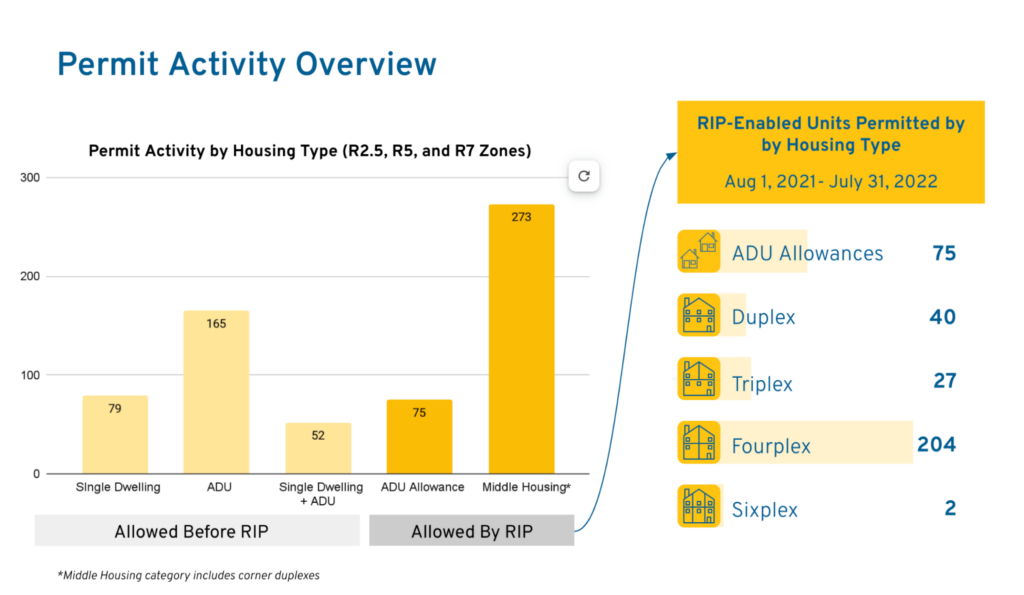
Lessons for South-East Queensland
Enable more homes, where people want to live
There are many factors that influence a household’s locational preference, whether that be lifestyle, transport accessibility, green canopy or school catchments.
Established suburbs typically provide the greatest balance of these attributes – however are increasingly beyond the reach of renters and aspiring homeowners. Whilst it is assumed that people will resort to moving further out to afford housing – research we’ve done through YIMBY Qld show that 63% of young people would prioritise location over housing types. Meaning that they would happily compromise for an apartment or townhouse in the inner- to middle-suburbs, such as West End or Mitchelton, rather than a greenfield estate.
Enable housing choice that responds to emerging demographics
Our population is evolving. Not only is it ageing, but our household sizes are shrinking. 1 in 5 people in Southeast Queensland in 2046 will be aged over 65 and lone person households are the fastest growing household type. As people live longer, and increasingly delay having children – the housing needs of our community will dramatically change.
Many elderly households may wish to downsize, but don’t have the opportunity in their community. Many parents may have aspirations for their children to live locally, but realise that this may be beyond reach without more small and affordable housing types. We need to reframe our engagement approach and planning system to provide more choice and alignment with our demographic needs.
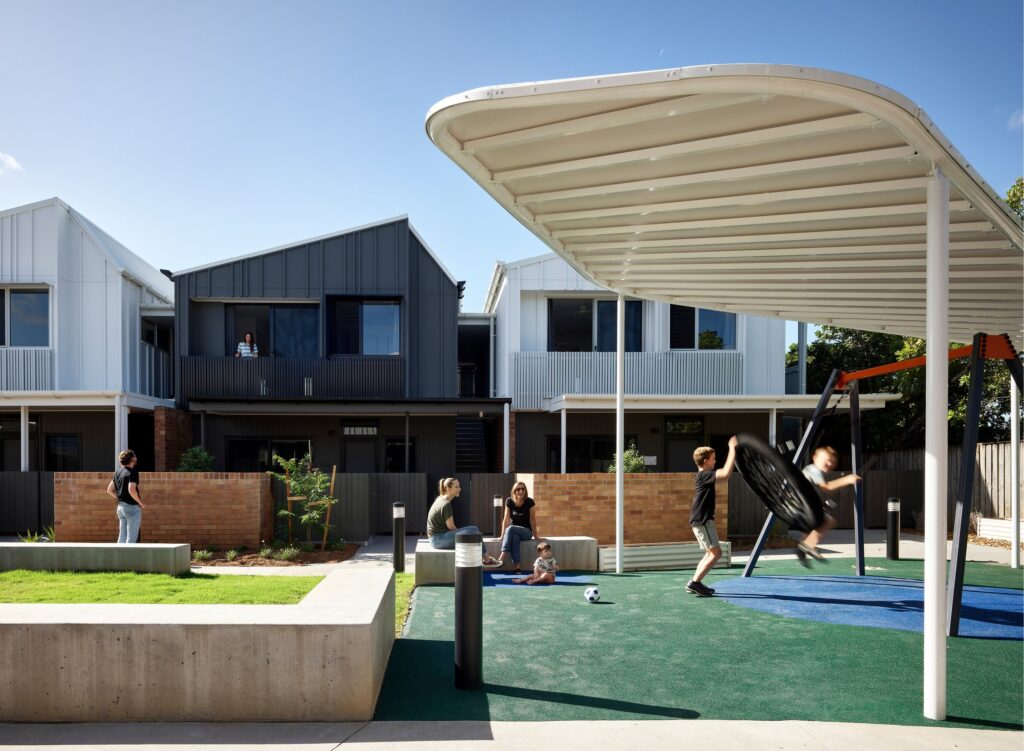
Build trust in design outcomes
One of the common misconceptions of density is that it is poorly design. That it is out of character, produces cookie cutter outcomes, and takes away backyards. It was one of the factors that killed townhouses in Brisbane.
We know that there are countless examples of density done well – that our planning system can work far more effectively to allow.
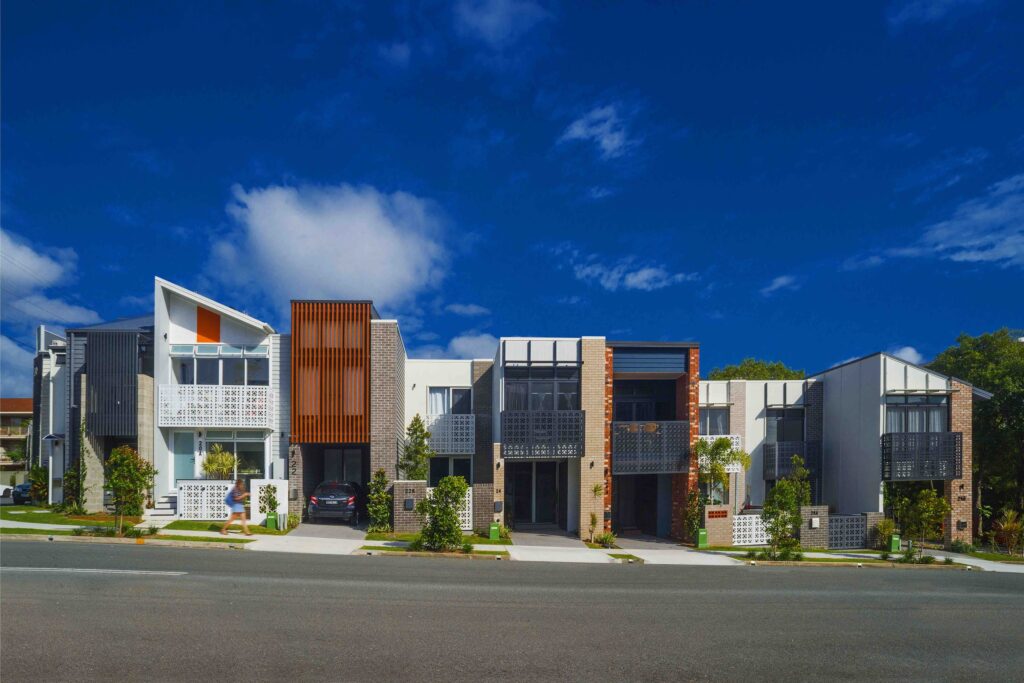
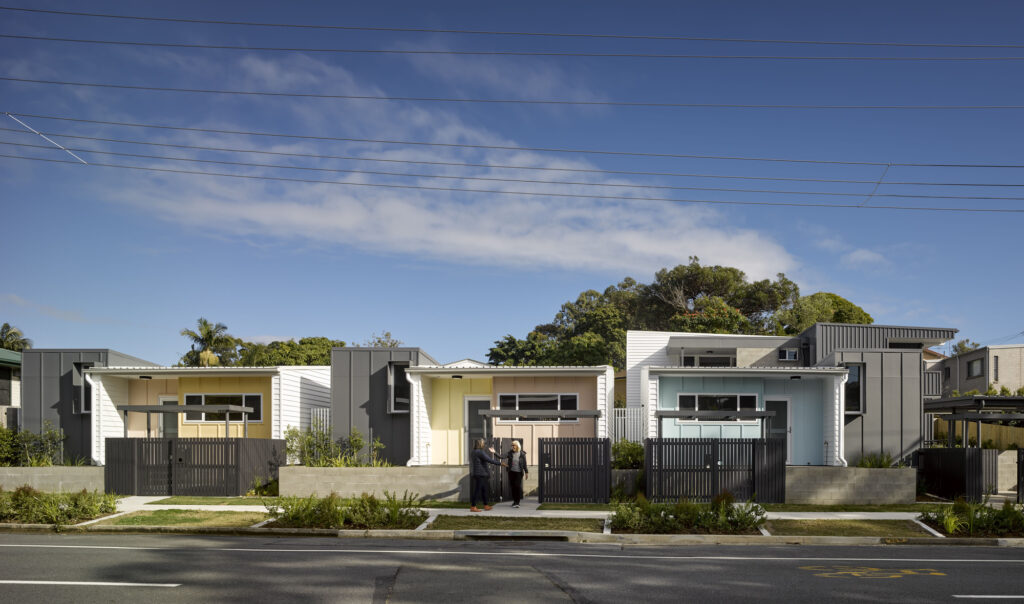
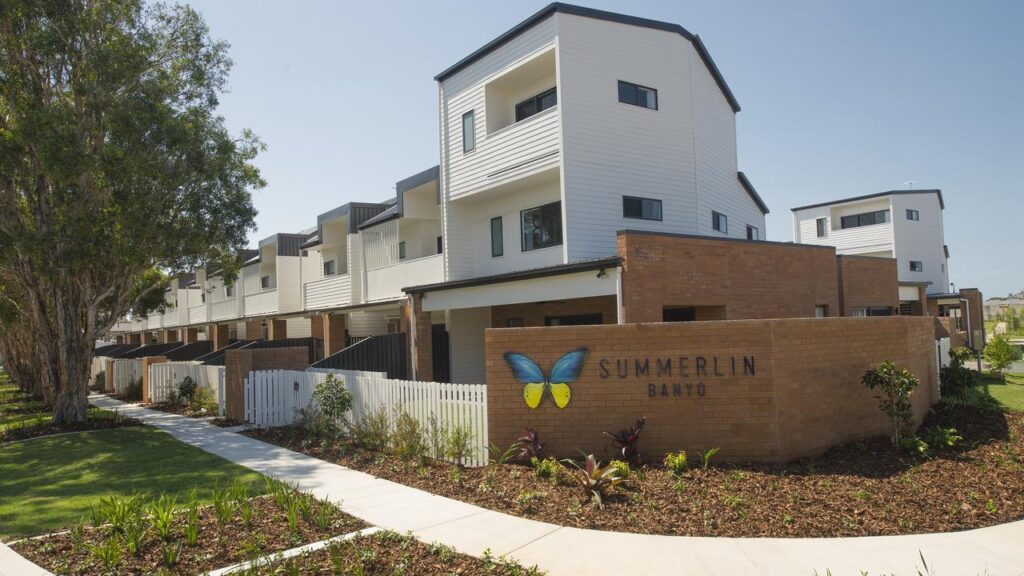
We can learn from NSW, where the Government Architect has undertaken a design competition to help develop a density pattern book. Showing great design outcomes at a number of scales. We can learn from the Victorian Planning Authority, who have amended their small lot housing code to enable small homes and attached homes to be delivered with reduced approval risk.
